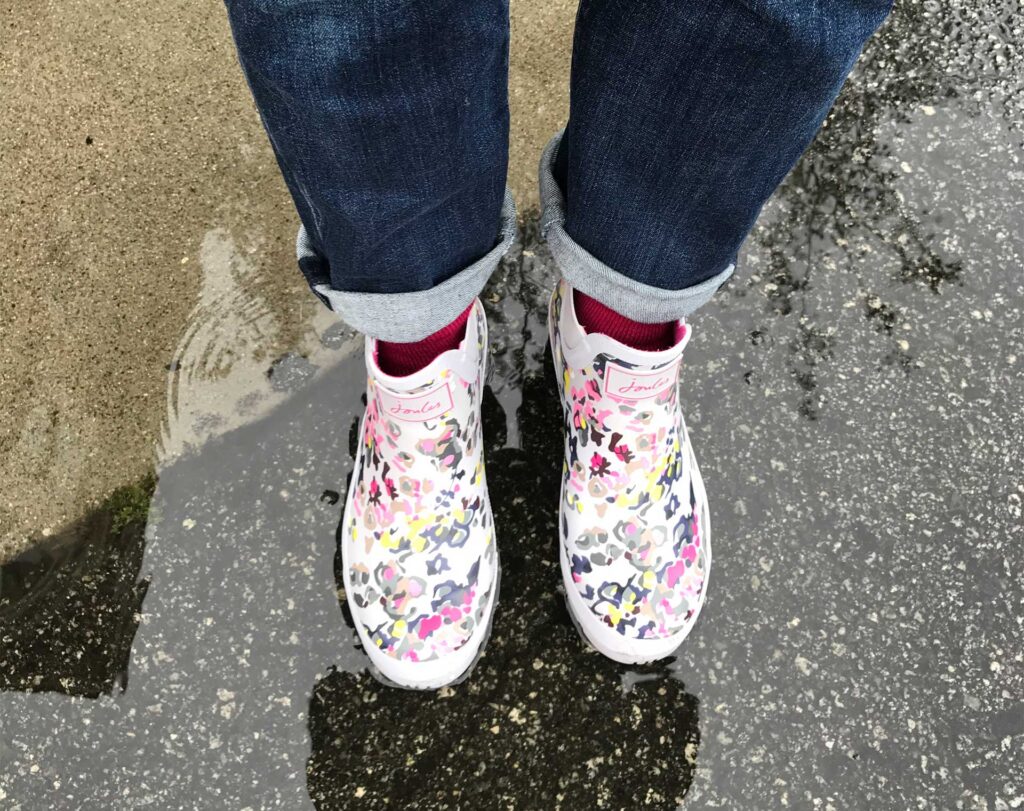Last month, we introduced the idea that the roles we learned to play in childhood — the ways we adapted to stress, earned connection, or kept the peace — may still be shaping how we lead today. These patterns aren’t flaws. In fact, they were incredibly intelligent strategies at the time, helping us as individuals navigate the complexity of early life with creativity and strength.
Though, as adults–especially in leadership roles–those same patterns can run the show without our awareness. And while they may look productive on the surface, they often come with a hidden cost.
Last month, I shared a quick assessment to help you begin that conversation with yourself—a tool to identify some of the adaptive roles you might default to under stress: the Rebel, the Lone Wolf, the Outsider, the Caretaker, and others. If you missed it, you can still take the free assessment.
What Is a Shadow Side?
In leadership, the shadow side is the part of a strength that gets distorted when it operates unconsciously or under pressure. It’s what happens when your early coping strategies—like being the achiever, the peacekeeper, or the one who always takes charge—get activated without choice.
The positive intention is still there: to help, to protect, to lead. But when these patterns go unchecked, they can lead to burnout, disconnection, or unintentional harm.
Here’s a quick overview of some of the most common adaptive patterns in leadership and what their shadow side might look like.
| Archetype | Shadow Side | Positive Intention | How It Helps (Until It Doesn’t) |
|---|---|---|---|
| Hero | Martyr | To be dependable, strong, and earn approval by holding it all together. | Brings structure and reliability, but can lead to burnout and resentment when over-responsibility becomes identity. |
| Caretaker | Enabler | To maintain harmony and keep others emotionally safe. | Creates trust and emotional safety, but often neglects own needs or truth in service of others. |
| Organizer | Controller | To create order and predictability in uncertain situations. | Provides stability and structure, but can become rigid or overly directive when discomfort arises. |
| Lost Child | Avoider | To stay safe by not taking up space or adding to the burden. | Avoids conflict and observes quietly, but may miss opportunities to contribute or connect. |
| Rebel | Saboteur | To speak truth, protect autonomy, and disrupt what feels false or unjust. | Brings innovation and challenge to stagnant systems, but may resist just to resist or isolate self. |
| Mascot | Deflector | To bring levity, distract from pain, and keep people engaged. | Builds morale and connection, but can block emotional depth and accountability. |
| Achiever | Perfectionist | To gain worth and love through excellence and success. | Drives performance and growth, but can result in burnout, imposter syndrome, or emotional disconnection. |
| Outsider | Victim | To protect from rejection by standing apart or self-excluding. | Offers a different perspective and notices what others miss, but can reinforce isolation or cynicism. |
| Lone Wolf | Isolator | To stay safe through self-reliance and control. | Provides autonomy and independence, but limits trust, collaboration, and shared ownership. |
Especially in Times of Stress
When the pressure is high, our childhood patterns are the first to step in. They’re fast, familiar, and usually invisible. And if we’re unaware of them, they’ll lead—not with the grounded, values-aligned adult version of us but with the part of us that’s still trying to prove something, fix something, or avoid something.
As Awareness author Anthony de Mello said, “That which we are unaware of controls us. That which we bring into awareness, we can choose to shift.”
As a leader, your shadow doesn’t just affect you–it influences your team’s emotional tone, trust, and safety. You cast a wide shadow. And your patterns—conscious or not—teach others how to lead, how to belong, and what is or isn’t safe to express.
So pause and ask: What are my direct reports learning from me? Is it what I intend to teach them? You can ask these reflection questions:
Reflection Questions for Conscious Leaders
To begin integrating awareness of your patterns into conscious leadership, reflect on:
- Which adaptive roles do I most identify with, especially under pressure?
- What was the positive intention behind this pattern? What was it protecting or achieving for me?
- When does this role serve me well? When does it create distance, distortion, disconnection, or unnecessary stress on my team or peers?
- How do I want to show up differently, especially when things get hard?
- What are the early warning signs in my mind, energy, and physical state that start to indicate that I might be going into an adaptive pattern?
- What would it look like to lead from my values rather than my old roles?

